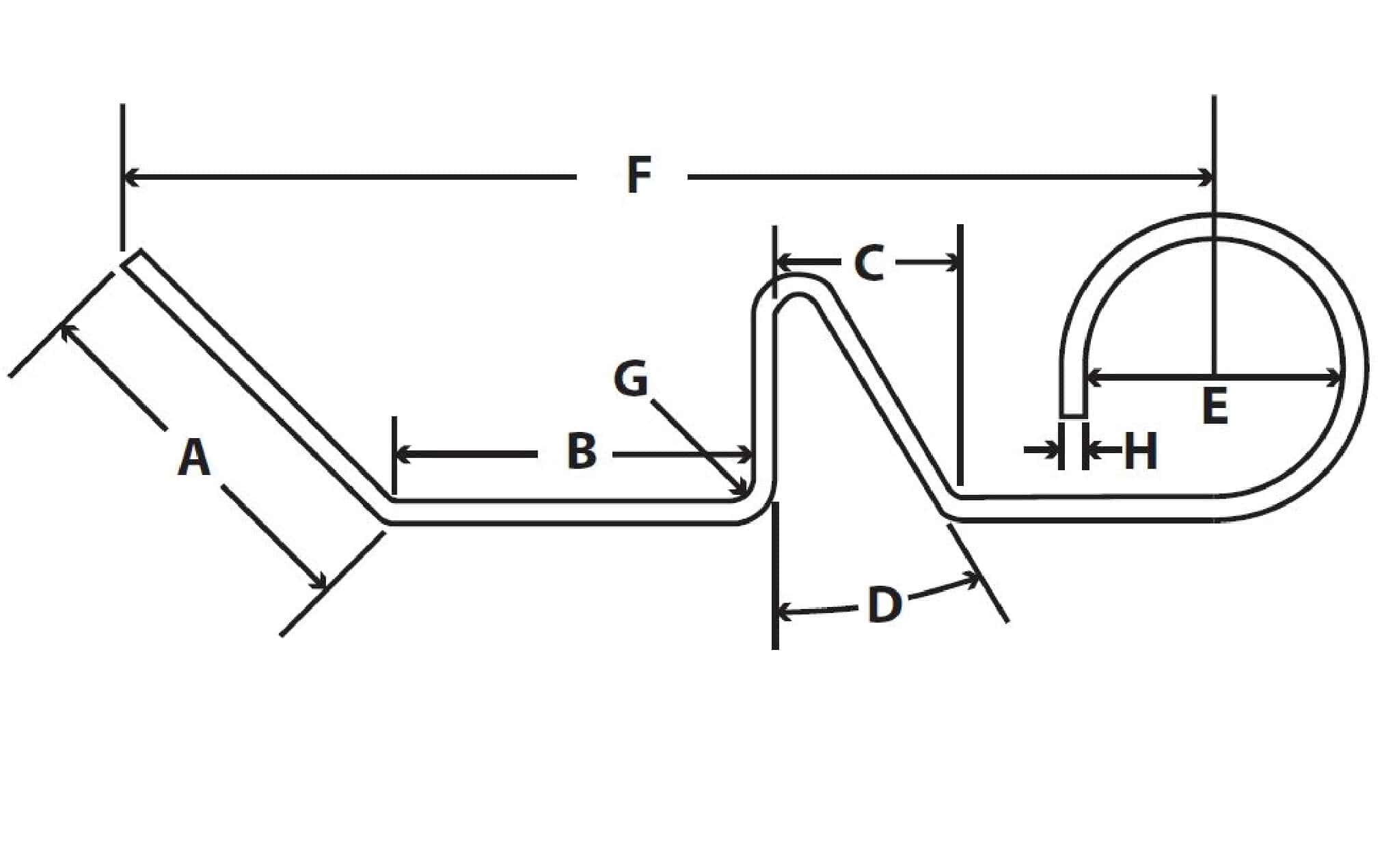Get unique, complex parts easily. No matter your requirements, Chaoyi Spring creates hard-to-produce coil springs and wire forms.
Let us help you create the custom wire form you need, from S-hooks and J-hooks to utility hooks and more.
We work closely with customers across a wide range of industries, helping them design and manufacture made-to-order parts.
Why choose Chaoyi Spring? We prioritize customer-focused collaboration, modern equipment and the latest technology to make your parts per print.
Find the information and guidance you need, from measuring a spring to learning about materials, placing an order and much more.
Torsion springs, those ubiquitous coiled marvels, are the unsung heroes of countless mechanical systems. They store and release energy through twisting, powering everything from retractable pens to automotive suspension systems.


Torsion springs, those ubiquitous coiled marvels, are the unsung heroes of countless mechanical systems. They store and release energy through twisting, powering everything from retractable pens to automotive suspension systems. But what makes these springs tick? Understanding the torsion spring equation is key to harnessing their potential, and this article will guide you through the intricacies of this fundamental formula, exploring its components, applications, and the factors that influence spring behavior.

At its core, the torsion spring equation describes the relationship between the applied torque, the resulting angular deflection, and the spring's inherent stiffness. Imagine twisting a torsion spring – the tighter the twist, the more force it exerts. This equation captures this fundamental relationship:
**T = kθ**
Where:
This equation tells us that the torque is directly proportional to the angular deflection, with the spring constant acting as the proportionality factor. A higher spring constant means the spring is stiffer, requiring more torque for the same deflection.
The spring constant (k) is the heart of the torsion spring equation. It encapsulates the spring's inherent resistance to twisting. This constant isn't a fixed value; it depends on various factors, including:
To calculate the spring constant, you can utilize the following formula:
**k = (Gd^4)/(8D^3N)**
This equation allows you to tailor the spring constant to meet specific design requirements. By adjusting the wire diameter, material, and spring dimensions, engineers can fine-tune the spring's behavior to achieve the desired force and deflection characteristics.
Torsion springs are the unsung heroes of numerous mechanical systems. They find their way into an astonishing range of applications, including:
While the torsion spring equation is a valuable tool, it doesn't capture the full picture. Spring behavior can be influenced by factors such as:
These factors must be considered in the design and application of torsion springs. Understanding the potential impact of these variables is crucial for ensuring the reliability and performance of mechanical systems.
The torsion spring equation serves as a foundational tool for understanding the behavior of these vital mechanical components. By grasping the relationship between torque, angular deflection, and spring constant, engineers can design and select torsion springs that meet specific requirements. While the equation provides a theoretical framework, understanding the influence of factors like material properties, friction, and temperature is crucial for real-world applications. As you delve deeper into the fascinating world of torsion springs, remember that this equation is a stepping stone to unlocking their full potential and harnessing their power in countless mechanical systems.
From the simple act of opening a door to the complex mechanics of automotive suspension systems, torsion springs play a crucial role in our world. By understanding the torsion spring equation and its underlying principles, engineers and designers can leverage the power of these springs to create innovative and reliable mechanical systems. The world of torsion springs is rich with possibilities, and with knowledge as our guide, we can continue to unlock new applications and marvel at their enduring contribution to technology.
Browse some of the custom wire forms and springs that we manufacture. Don’t see what you need? We specialize in made-to-order products that meet your application requirements.
Visit Our GalleryNeed a custom wire form or coil spring? We make it work. Fill out the contact form and a representative will respond within 1 business day. If you have a PDF or CAD file, you can submit to request a quote.